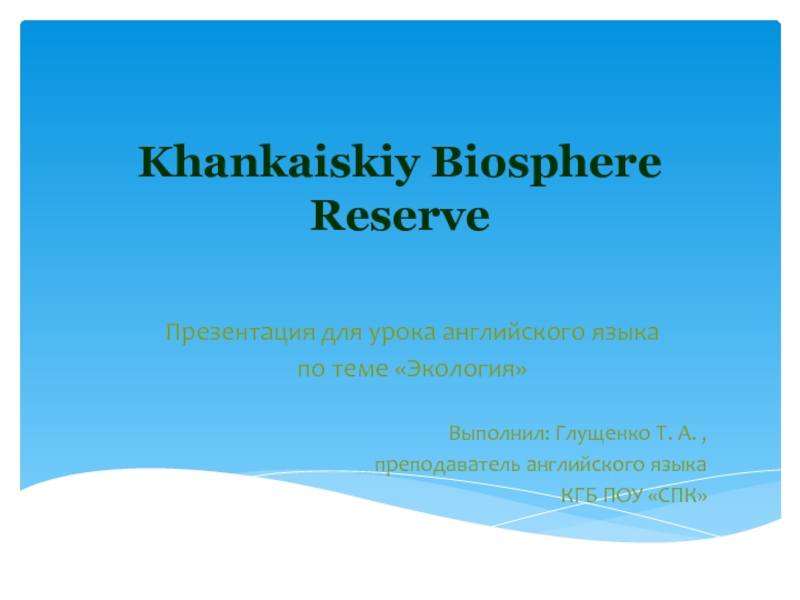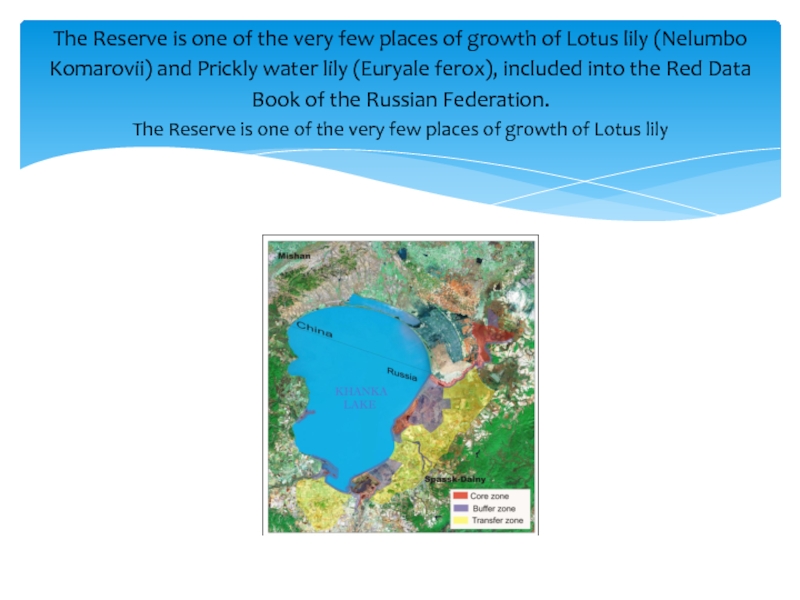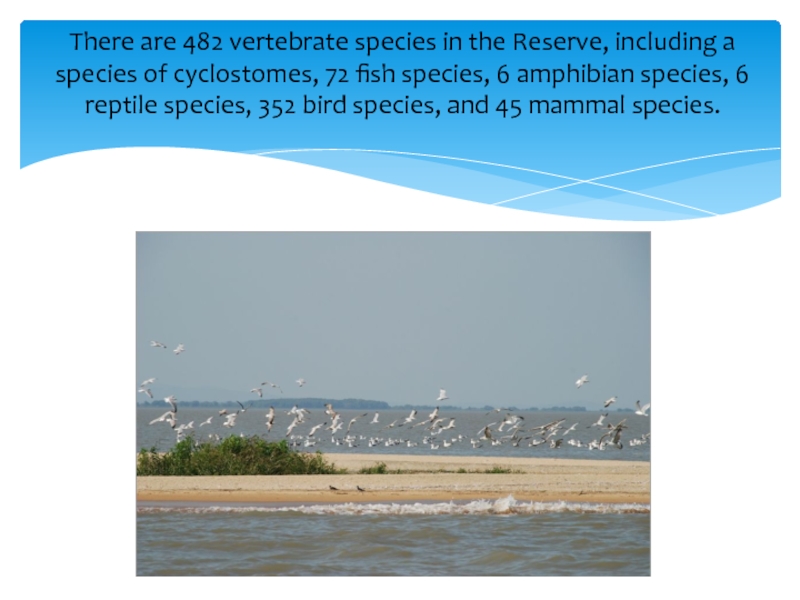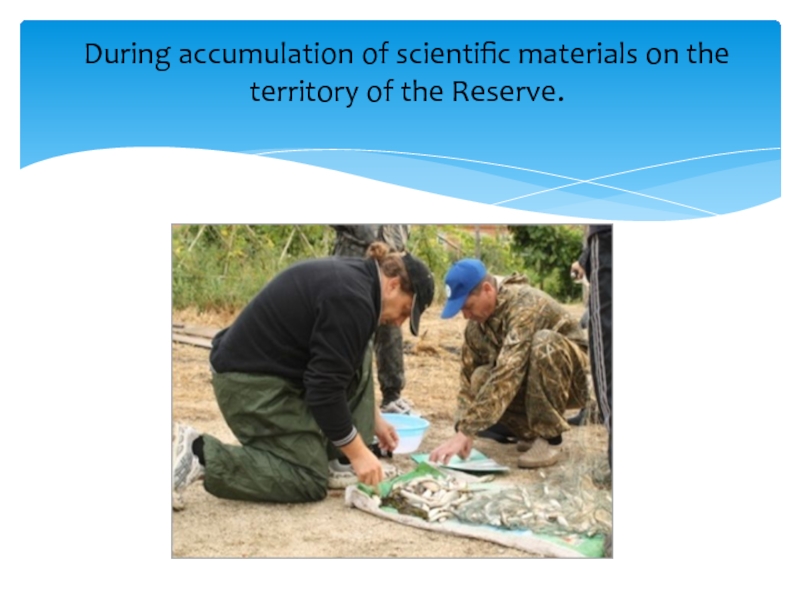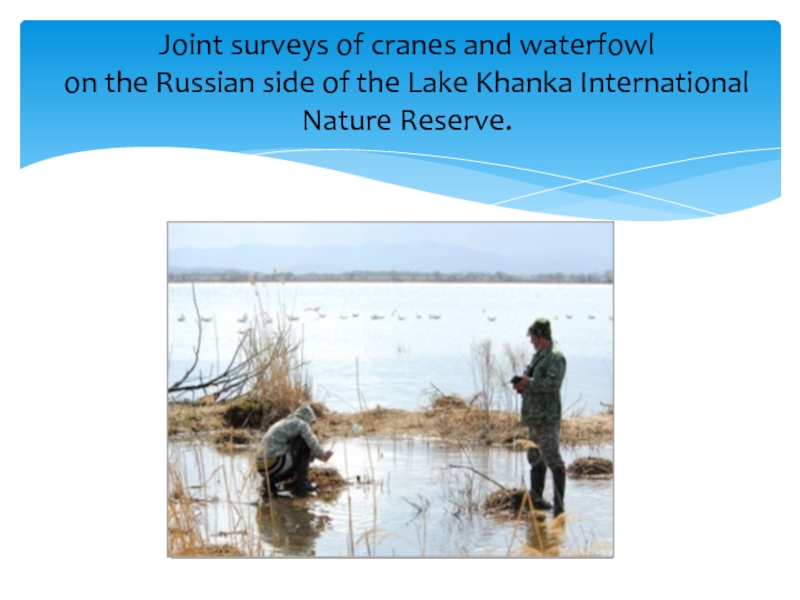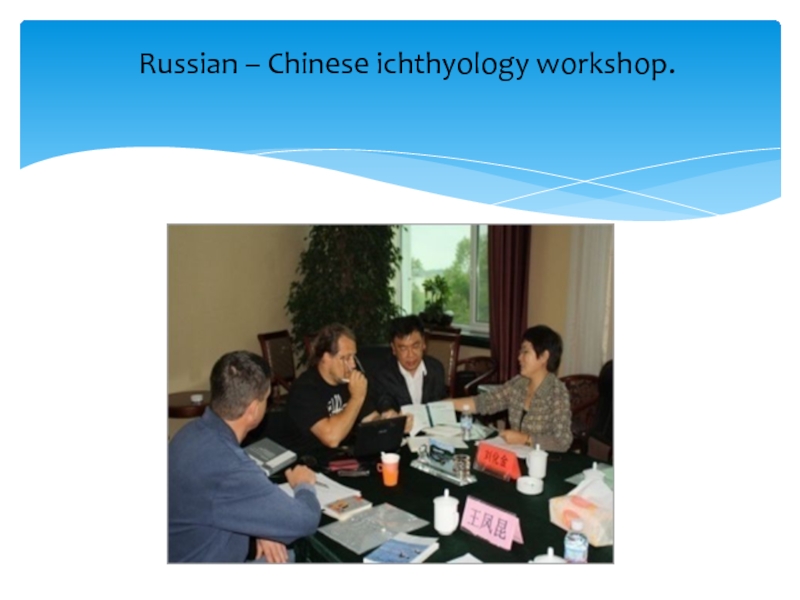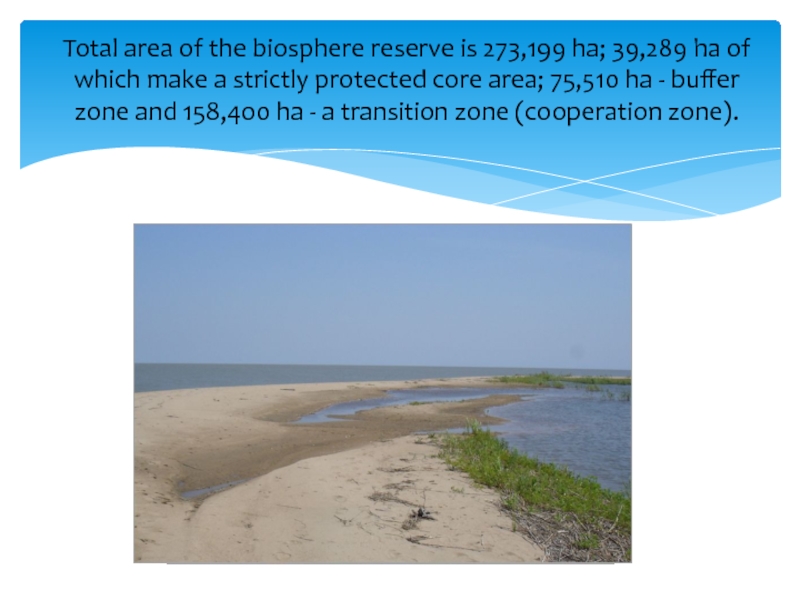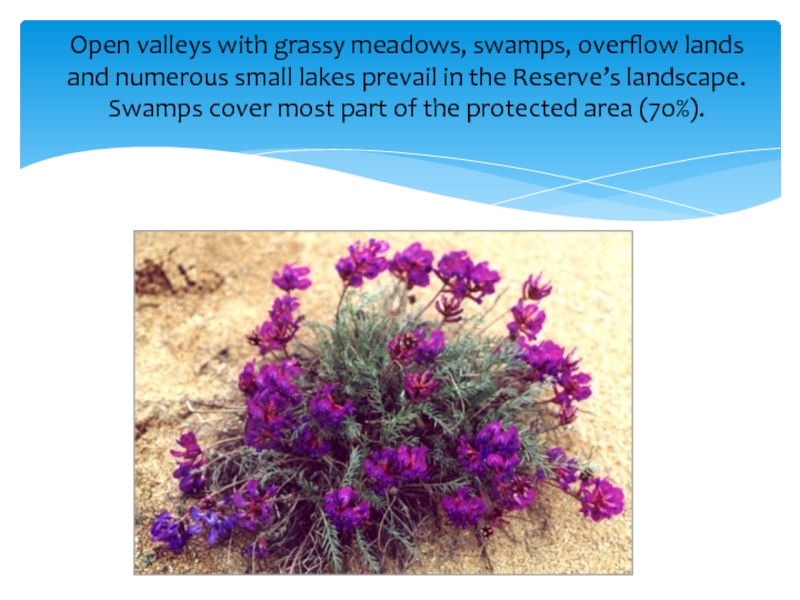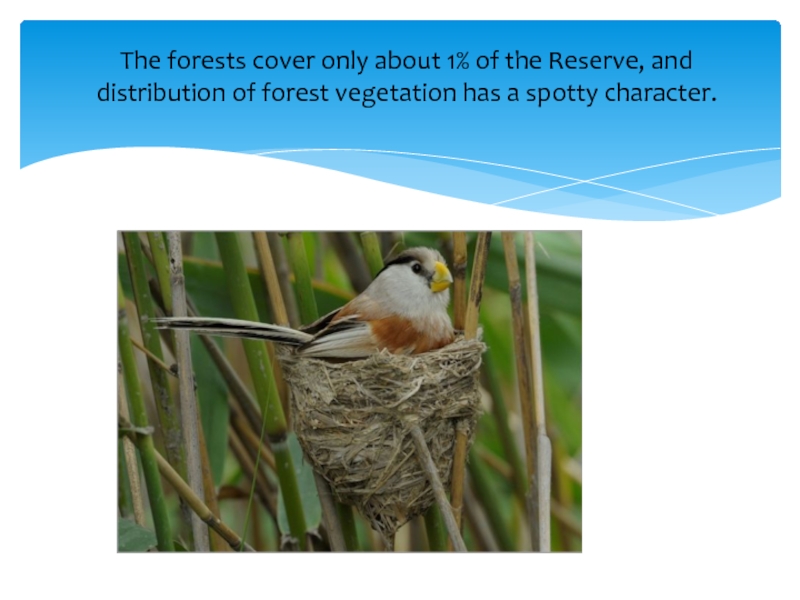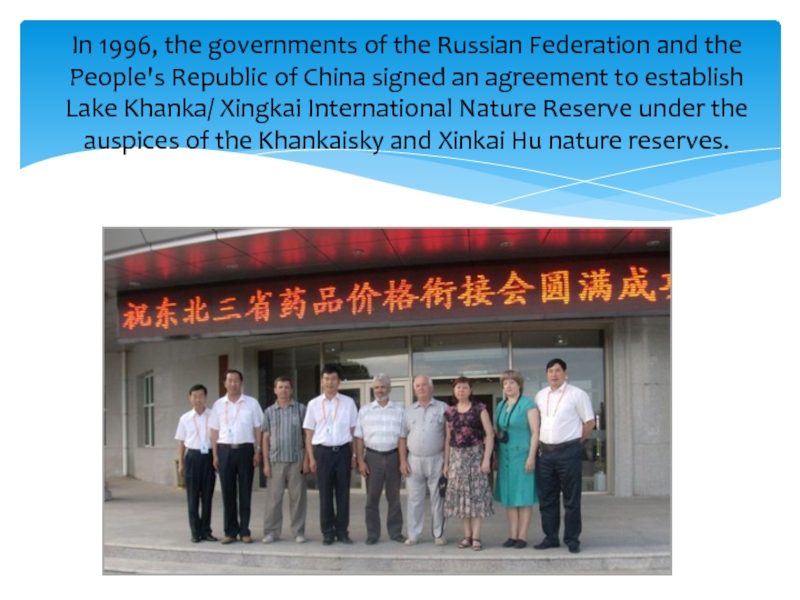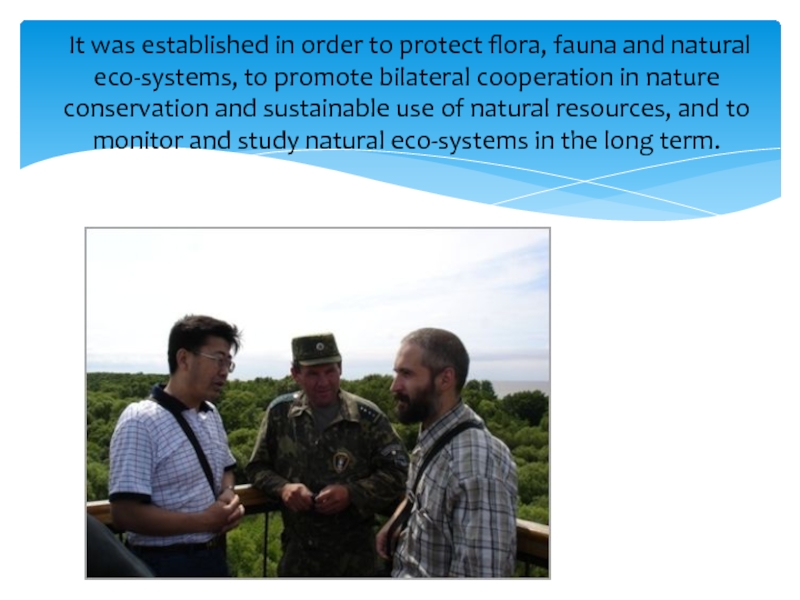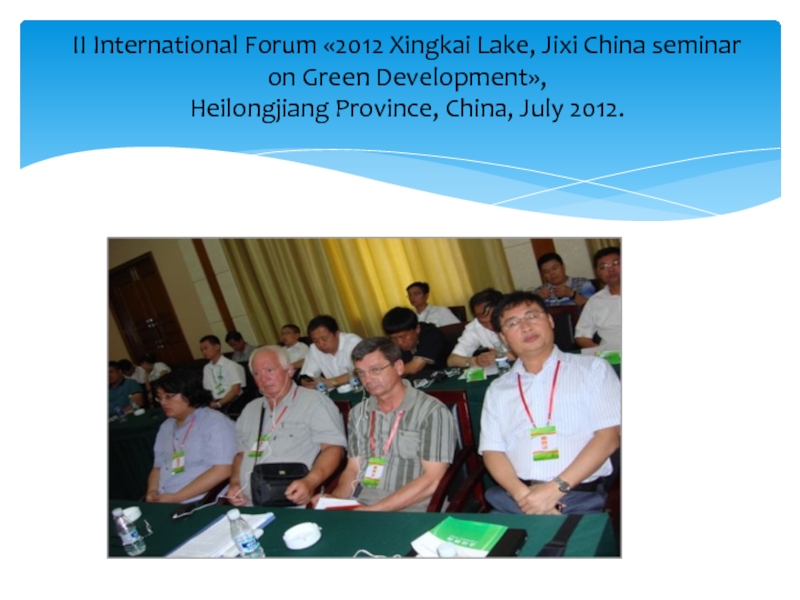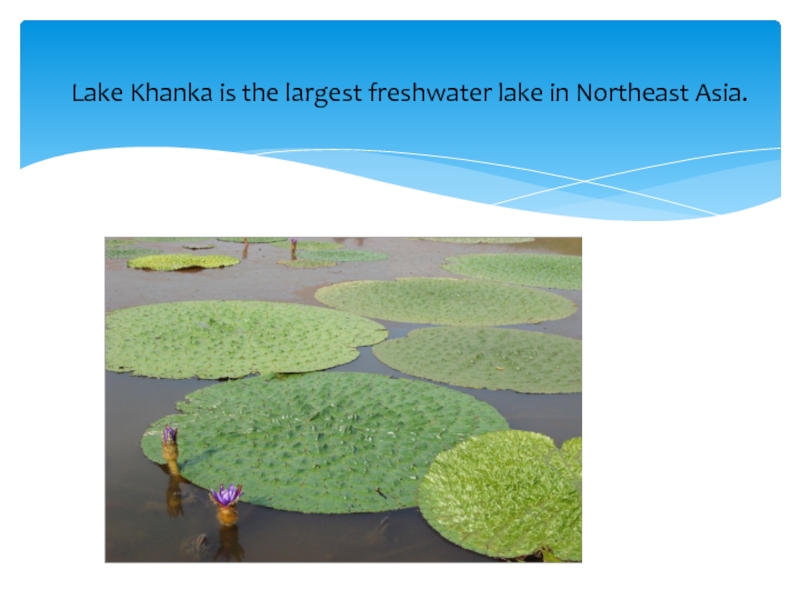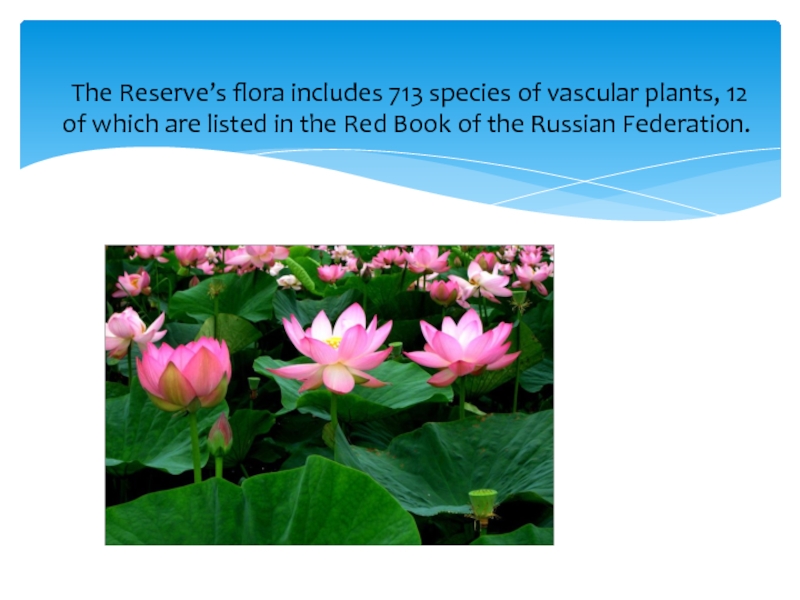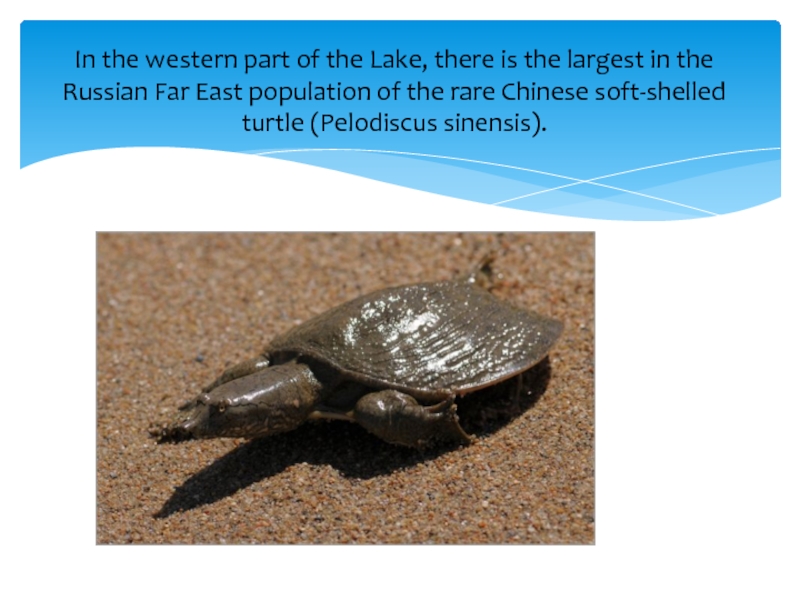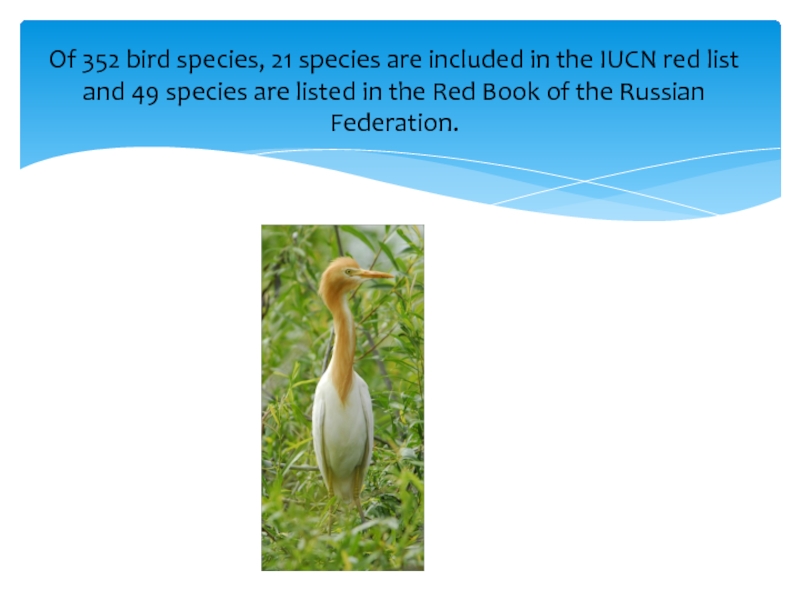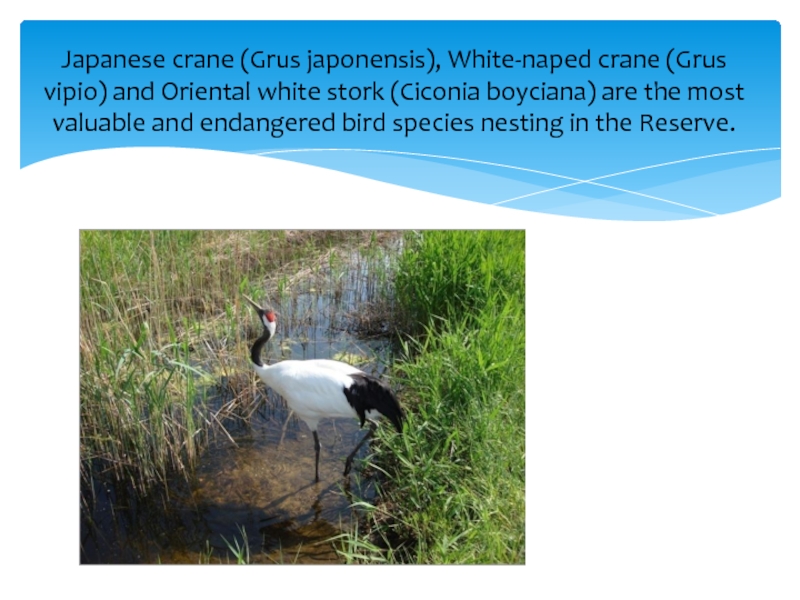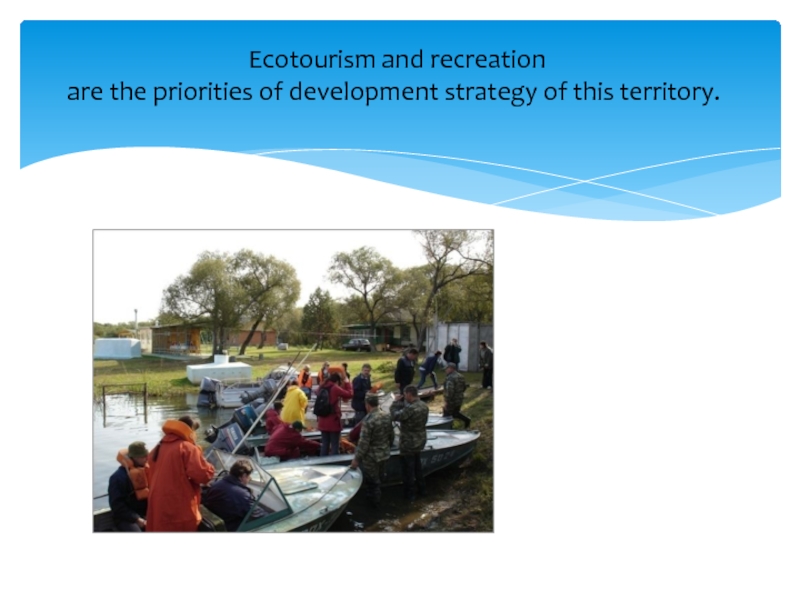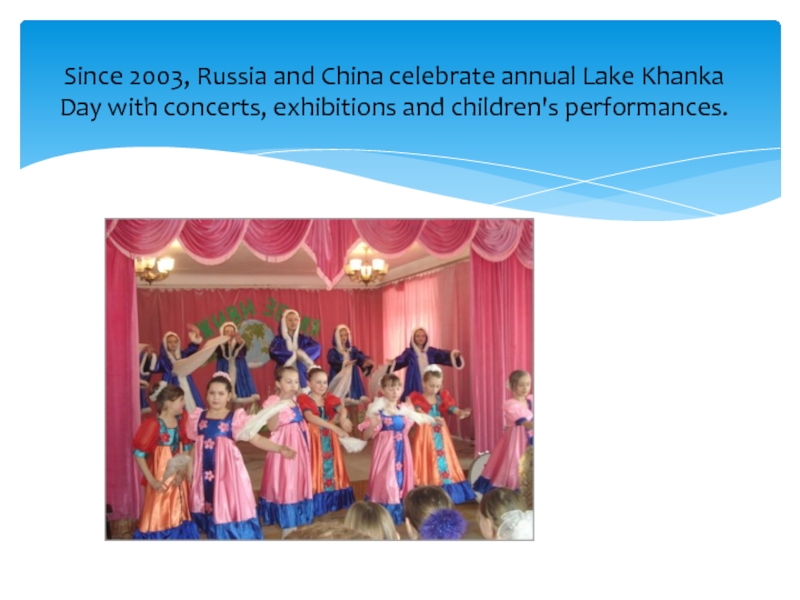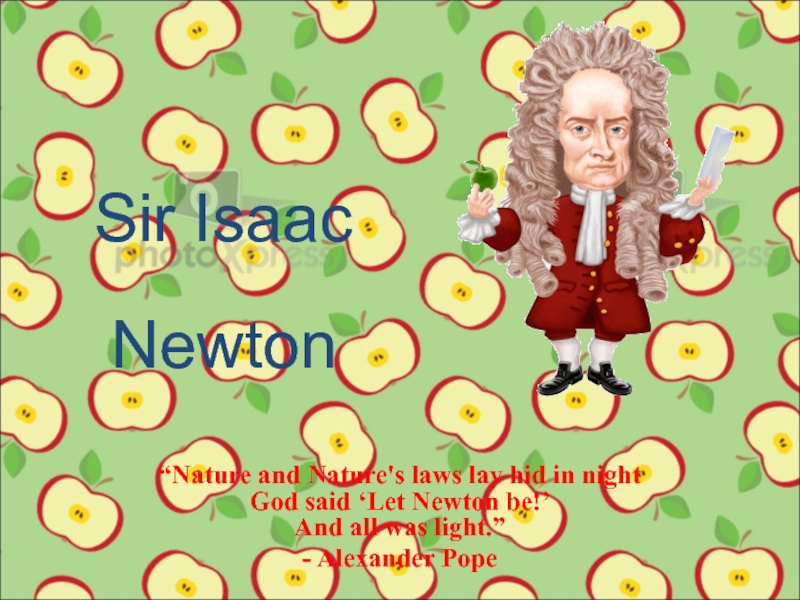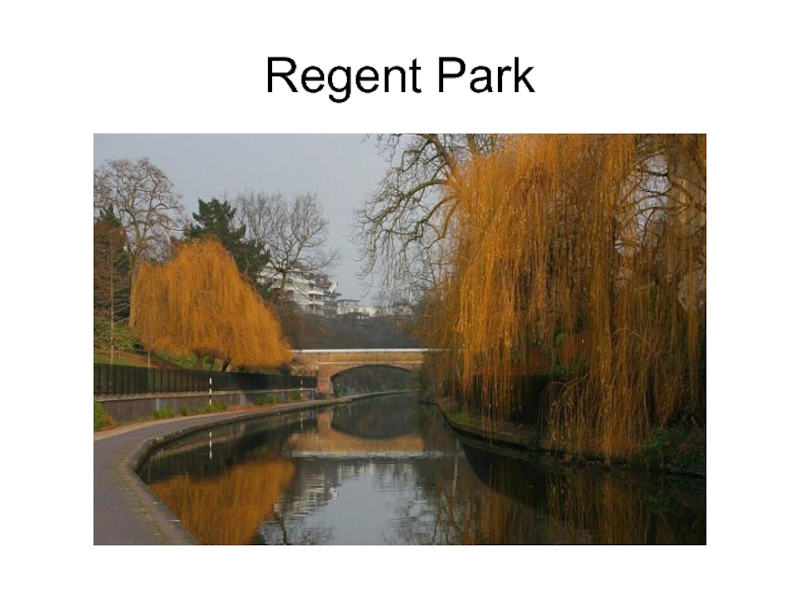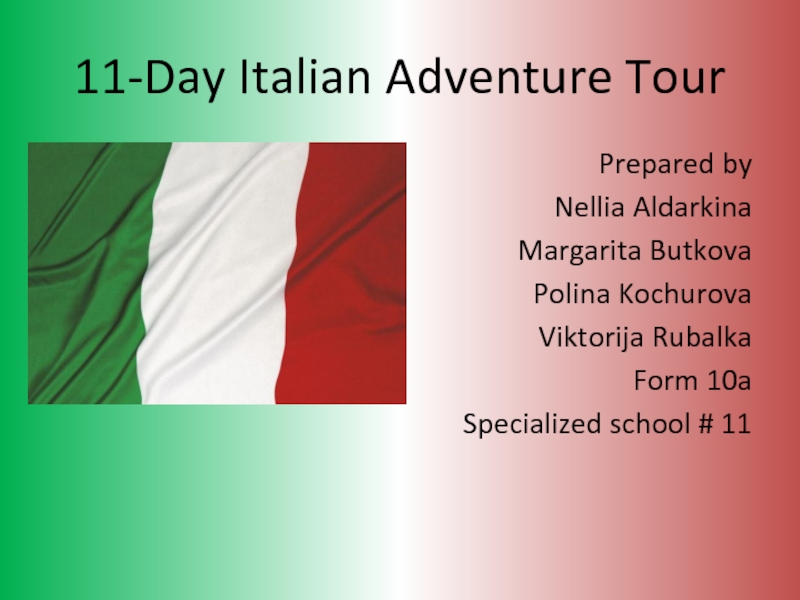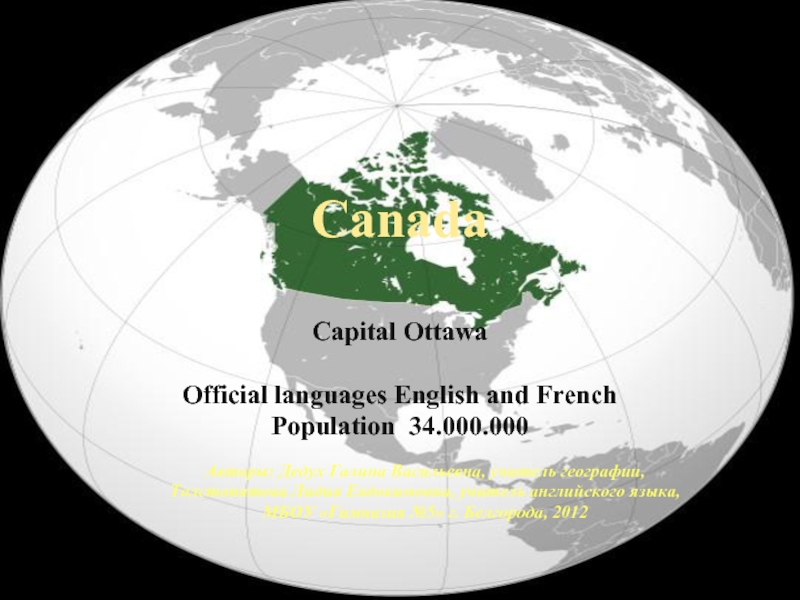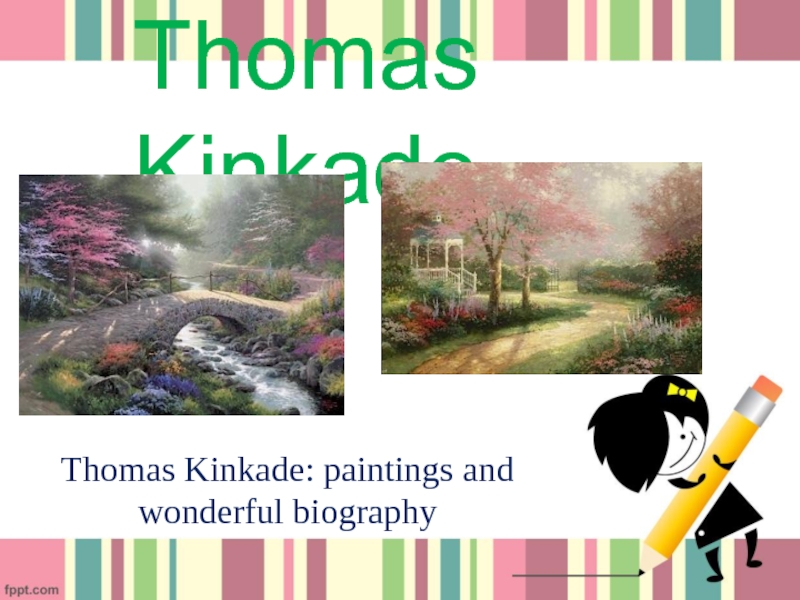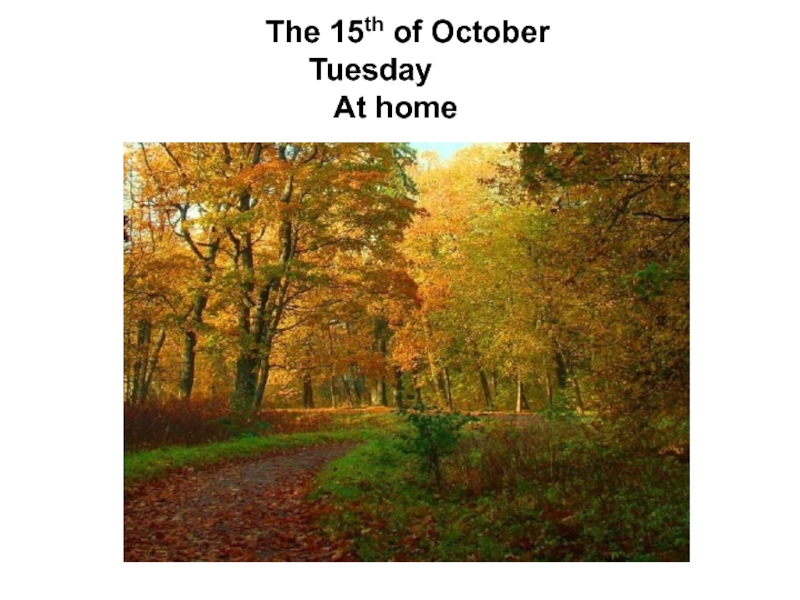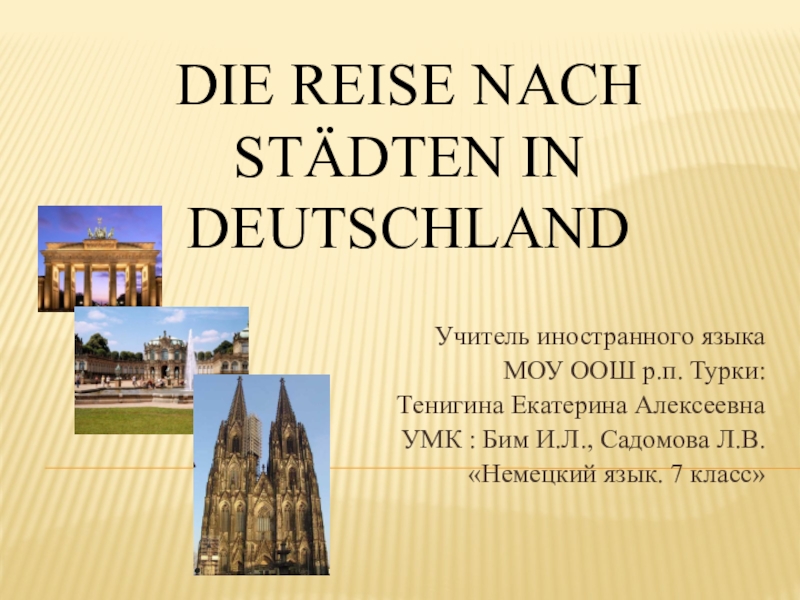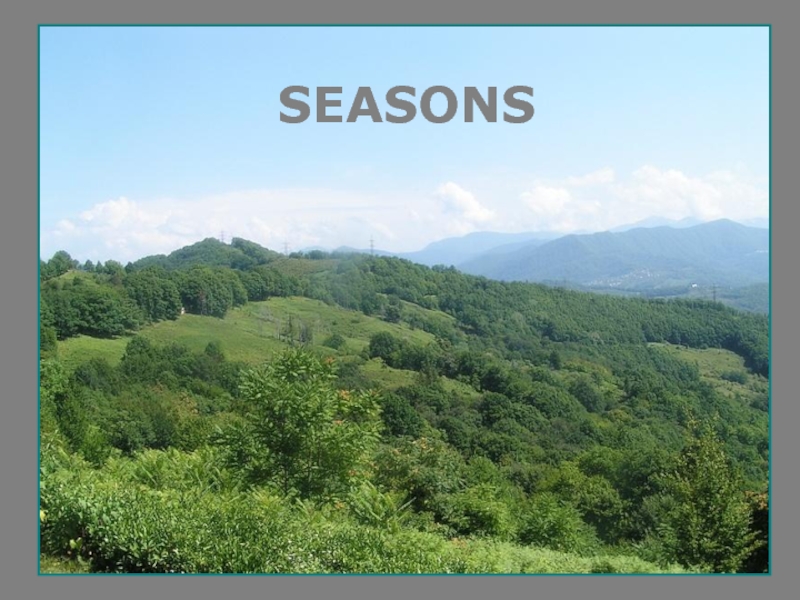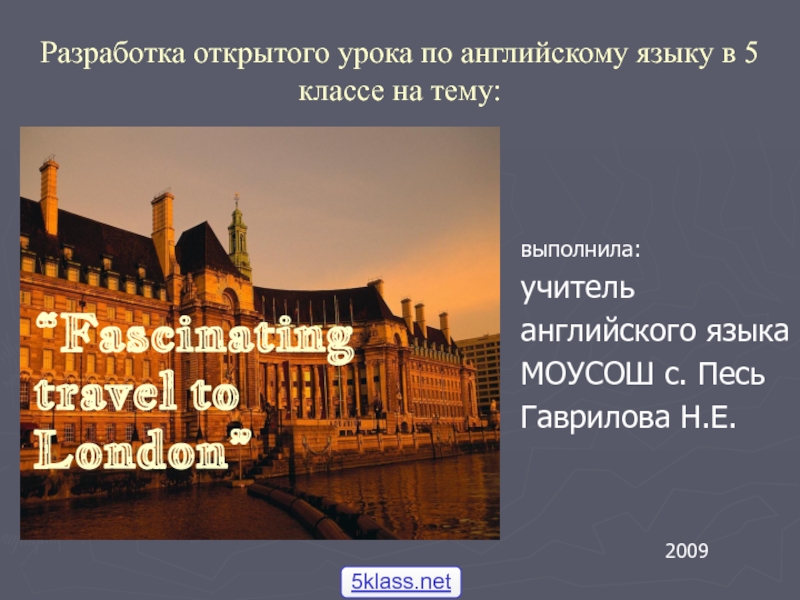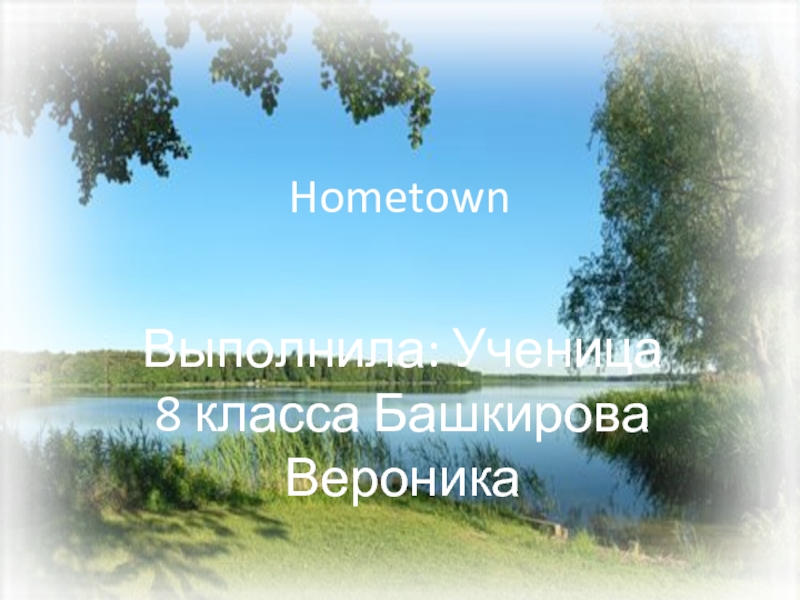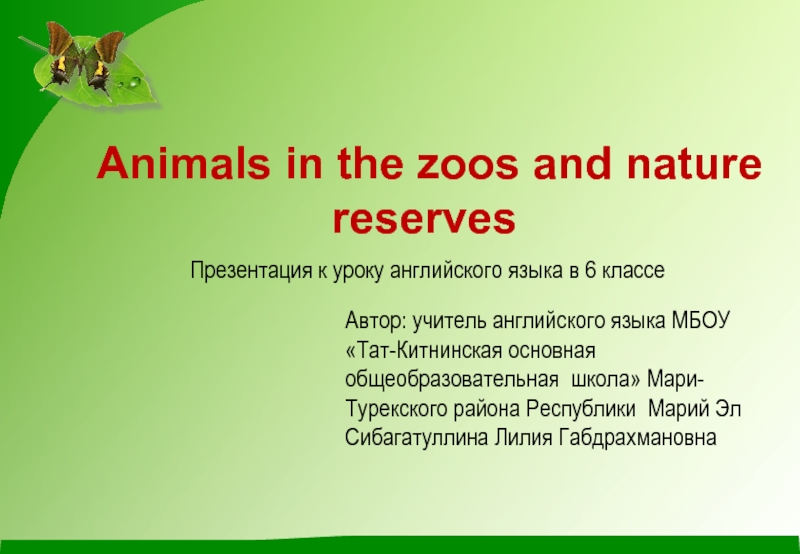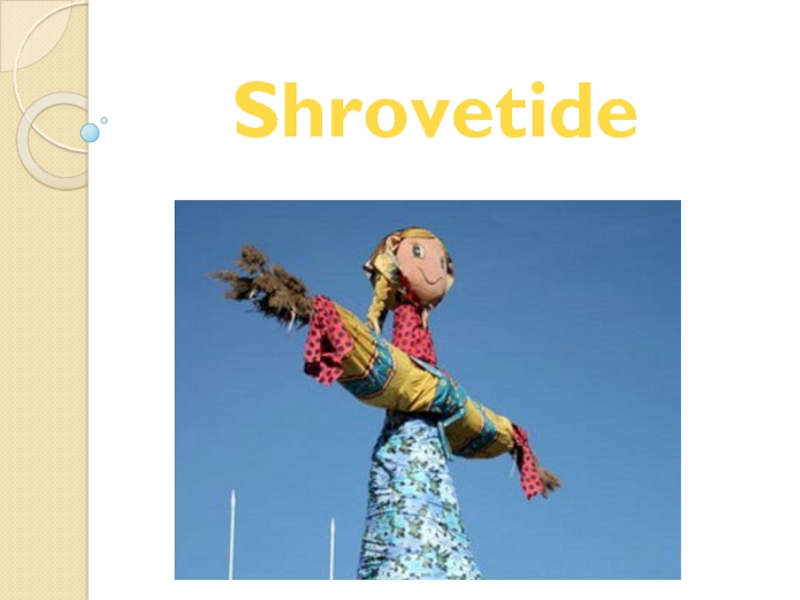Разделы презентаций
- Разное
- Английский язык
- Астрономия
- Алгебра
- Биология
- География
- Геометрия
- Детские презентации
- Информатика
- История
- Литература
- Математика
- Медицина
- Менеджмент
- Музыка
- МХК
- Немецкий язык
- ОБЖ
- Обществознание
- Окружающий мир
- Педагогика
- Русский язык
- Технология
- Физика
- Философия
- Химия
- Шаблоны, картинки для презентаций
- Экология
- Экономика
- Юриспруденция
Эколого-краеведческая презентация по английскому языку "Ханка - жемчужина Приморья".
Содержание
- 1. Эколого-краеведческая презентация по английскому языку "Ханка - жемчужина Приморья".
- 2. The Reserve is one of the very
- 3. There are 482 vertebrate species
- 4. During accumulation of scientific materials on the territory of the Reserve.
- 5. Joint surveys of cranes
- 6. Russian – Chinese ichthyology workshop.
- 7. Total area of
- 8. Open valleys
- 9. The forests
- 10. In
- 11. Слайд 11
- 12. Слайд 12
- 13. Слайд 13
- 14. Слайд 14
- 15. In the western part of the Lake,
- 16. Of 352 bird species, 21 species are
- 17. Japanese crane (Grus japonensis), White-naped crane (Grus
- 18. Ecotourism and recreation are the priorities of development strategy of this territory.
- 19. Since 2003, Russia and China celebrate annual Lake Khanka Day with concerts, exhibitions and children's performances.
- 20. Скачать презентанцию
The Reserve is one of the very few places of growth of Lotus lily (Nelumbo Komarovii) and Prickly water lily (Euryale ferox), included into the Red Data Book of the Russian
